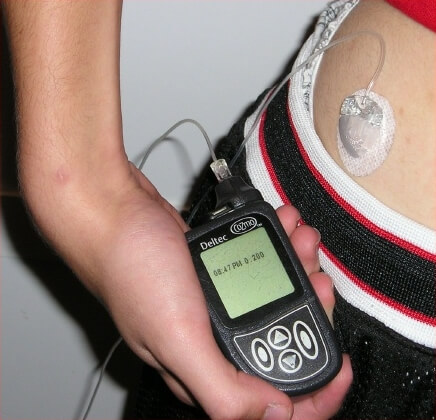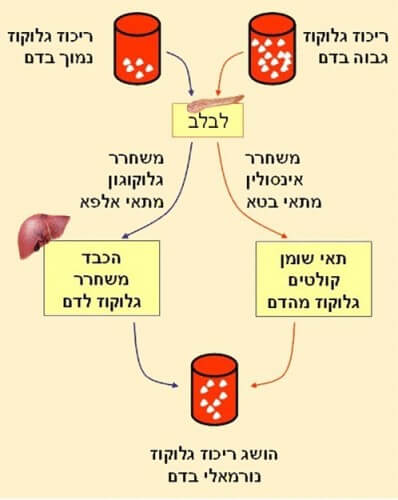Today is the 125th birthday of Sir Patrick Bunting, the discoverer of insulin (in collaboration with Charles Best), and therefore this day also serves as International Diabetes Day, celebrated today in 880 communities across 189 countries.

Today is the 125th birthday of Sir Patrick Bunting, the discoverer of insulin (in collaboration with Charles Best), and therefore this day also serves as International Diabetes Day, celebrated today in 880 communities across 189 countries. Bunting was born on November 14, 1891 in Allison, Canada.
In 1918 he was wounded in the Battle of Cambrai and a year later he was awarded the Military Cross for bravery under fire. After the war he returned to Canada as mentioned for research in the field of medicine. His field of specialization in studies by the way was orthopedics.
According to the Nobel Prize website, Bunting approached Prof. John McLeod of the University of Toronto and consulted him on a possible way to treat diabetes. He suggested tying the pancreatic ducts and stopping the blood supply to this organ. The procedure caused the pancreas to degenerate and make it stop producing gastric juices, thus making it possible to extract anti-diabetic components from the pancreas. McLeod studied sugar metabolism and diabetes, while Bantang was a military surgeon who amputated many limbs during the First World War and came up with a new idea to find not only the cause but also the cure for what was then called "diabetes".
Although he did not put much thought into it, McLeod gave him a laboratory with minimal equipment, ten dogs and an assistant - a medical student named Charles Best. When the experiment was crowned with success, it was expanded and this extract was called "insulin".
During the experiment, the researchers discovered that it was not necessary to shrink the pancreas and that they could also extract the substance from fresh pancreas of adult animals. At the end of 1921, the biochemist Bertman Kulip joined the team to try to distill the insulin so that it could be tested on humans. The three used the pancreas of guinea pigs and isolated the insulin themselves.
They began their experiments and managed to produce already in August 1921 the first serum that was isolated from the pancreas and after being injected into diabetic dogs lowered the sugar level in their blood. In those days, like today, there was no means available that could control the blood sugar level and the diabetics were constantly at very high sugar levels that caused them to become exhausted and lose their appetite to the point of death.

In January 1922, Leonard Thopson, a 14-year-old boy, became the first diabetic to be treated with insulin. Leonard who was on the verge of death recovered quickly and his appetite increased after the treatment. The experiment was crowned with success.
A year later Bunting and McLeod were awarded the Nobel Prize in Physiology or Medicine, but arguments arose among the members of the prize committee. Bunting believed that the second part of the prize should be given to Best, not to McLeod. In the end, Bunting shared half of the prize money with Best, and McLeod with Collip. The four patented the insulin but transferred the rights to the University of Toronto which used the revenue from the insulin to fund new research.
He enrolled in theology at all but soon switched to medicine and received his degree in 1916, in the midst of the First World War. He served in the Canadian Medical Corps in France during the war.
The city of London in the Canadian state of Ontario (not far from the American border near Detroit) is proud of Banting who came up with the idea of treating what was until then a fatal incurable disease and established a museum in his memory located in his home on Adelaide Street in the city. The museum displays the original article he wrote about the role of insulin in diabetes as well as many thank you letters he received.
Even today there is no cure for diabetes, and a memorial candle lit by Queen Mother Elizabeth in 1989 continues to burn until a cure is found. One of the exhibits in the museum is a demonstration of how much sugar we drink, not only in soft drinks but also in flavored water. The sugar content is shown using a pyramid made of sugar cubes. The researchers found a correlation between excessive consumption of sugar and cases of diabetes.

One response
Frederick not Patrick